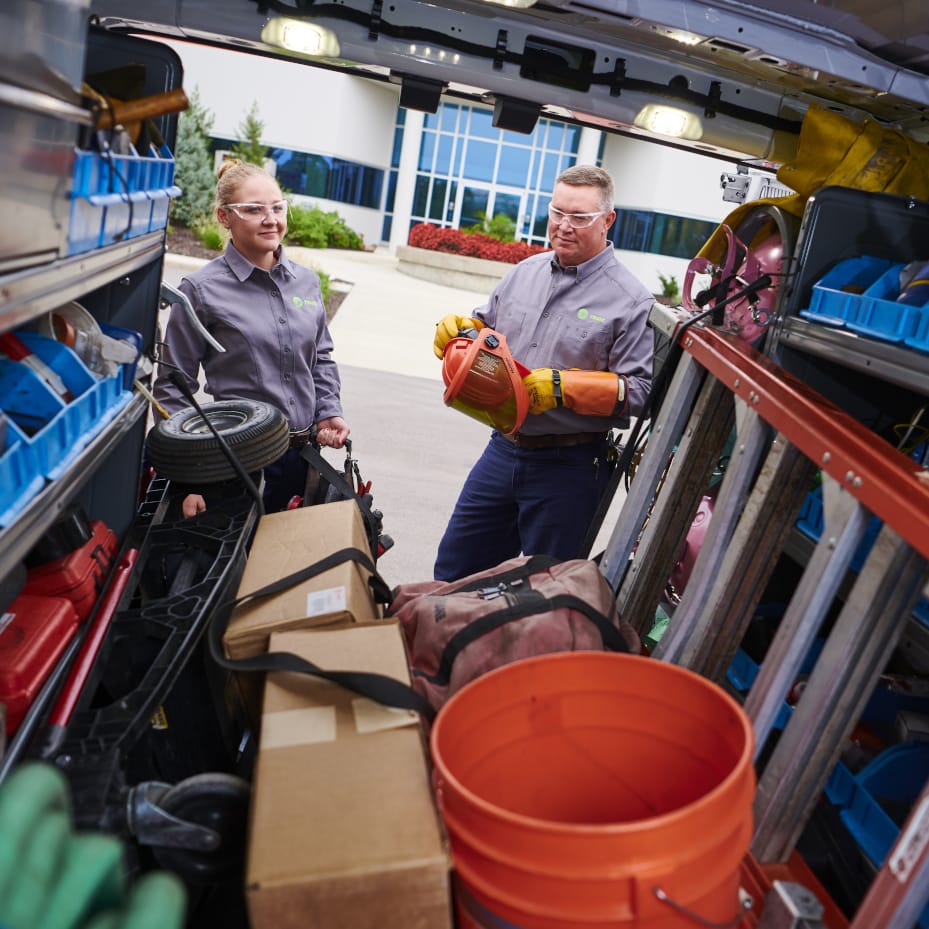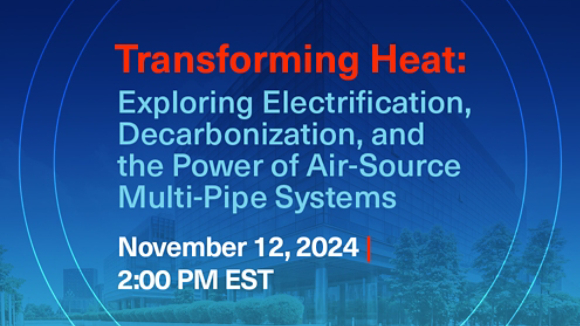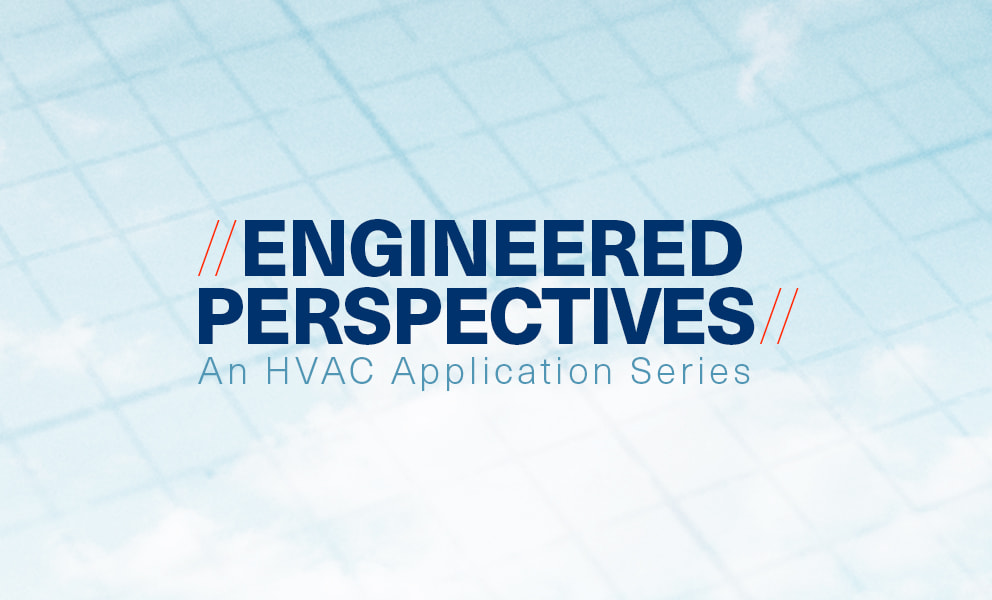
Q2 Engineers Newsletter LIVE - "System Controls for Applying ASHRAE Guideline 36""
ASHRAE Guideline 36 provides uniform sequences of operation for HVAC systems that are intended to maximize the systems' energy efficiency and performance, provide control stability, and allow for real-time fault detection and diagnostics. This presentation covers updates of Guideline, concentrates on hydronic and airside systems, and methods to deliver control systems using the guidance provided.
Watch the ENL













































































































